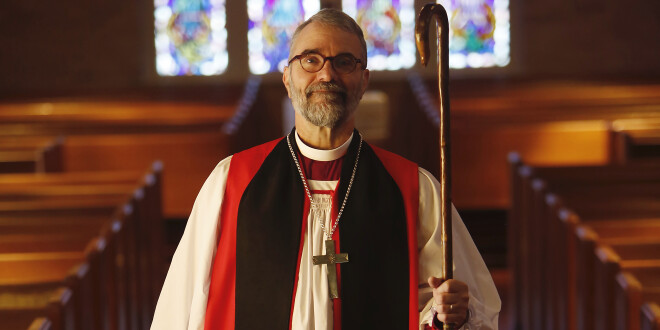Communion Matters XIII: Mutual Responsibility and Interdependence

In the last blog I mentioned that it was the Archbishop of Canterbury who first invited bishops from throughout the world to a Lambeth Conference (and continues to do so). This is not because he has direct authority over them, as with the Pope. Rather, he is primus inter pares. He has persuasive power to be sure. But he is also a symbol of our apostolic history, since his line reaches back to St. Augustine, the prior of a monastery in Rome who was sent to Great Britain by Pope Gregory the Great in 597. As with all bishops, the inheritor of the see of Canterbury is a reminder that our faith goes back to the undivided Church, and so on back to the apostles, and that it is a missionary faith, a faith that crosses boundaries of culture. I might add that this living symbol of our grandfather in the faith is especially important to people from many cultures which retain a strong sense of continuity with their forebears. We too ought to be proud to be through the see of Canterbury inheritors of this rich tradition of an ancient Church.
But what is the relationship that should prevail among those bishops, and their Churches, who gather to pray and deliberate around the Primate of Canterbury. A succinct way to describe their ideal relation came out of the last Anglican Congress, in Toronto in 1963. These were gatherings of clergy and laity from throughout the world. Sixty years ago their watchword was MRI (not a medical machine!), ‘mutual responsibility and interdependence in the Body of Christ.’ They asked the question: what if we were knit together as family across nations? (Out of this came the Partners in Mission program). What if we asked about the needs of more distant family when making budgeting decisions? What if we asked our colleagues in the faith if they could see in changes the authentic movement of the Spirit? MRI is surely, as Habakkuk said, a ‘vision awaiting the time.’ (2:3)



